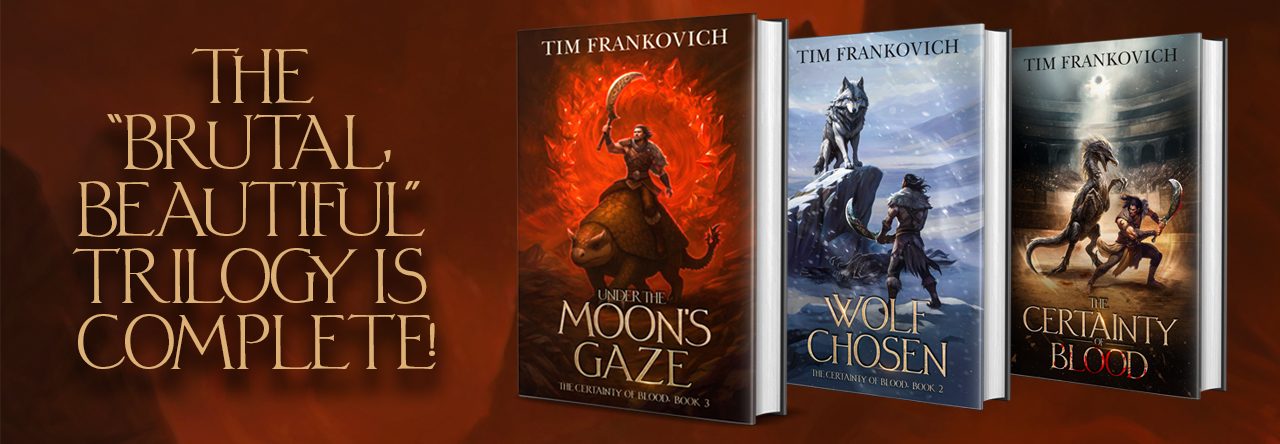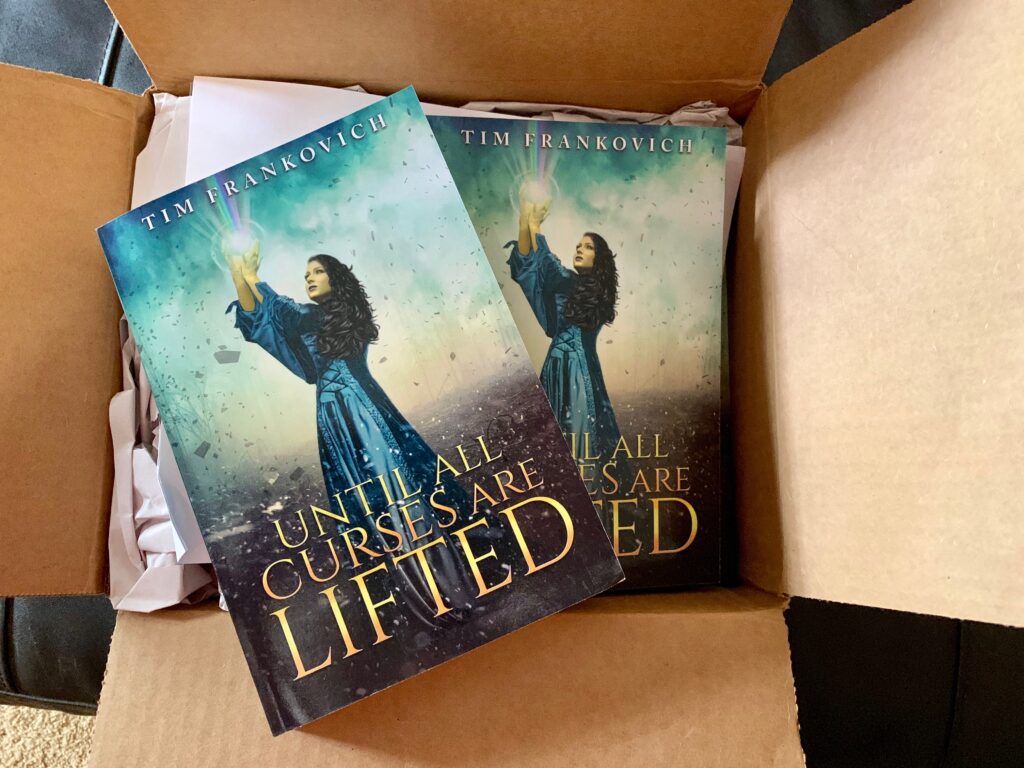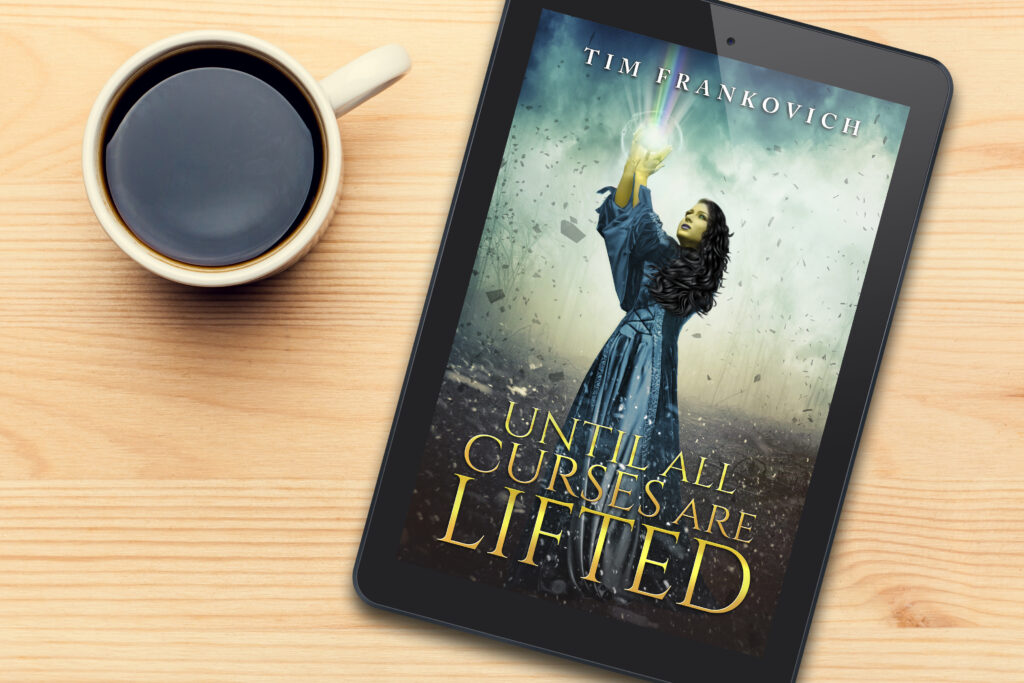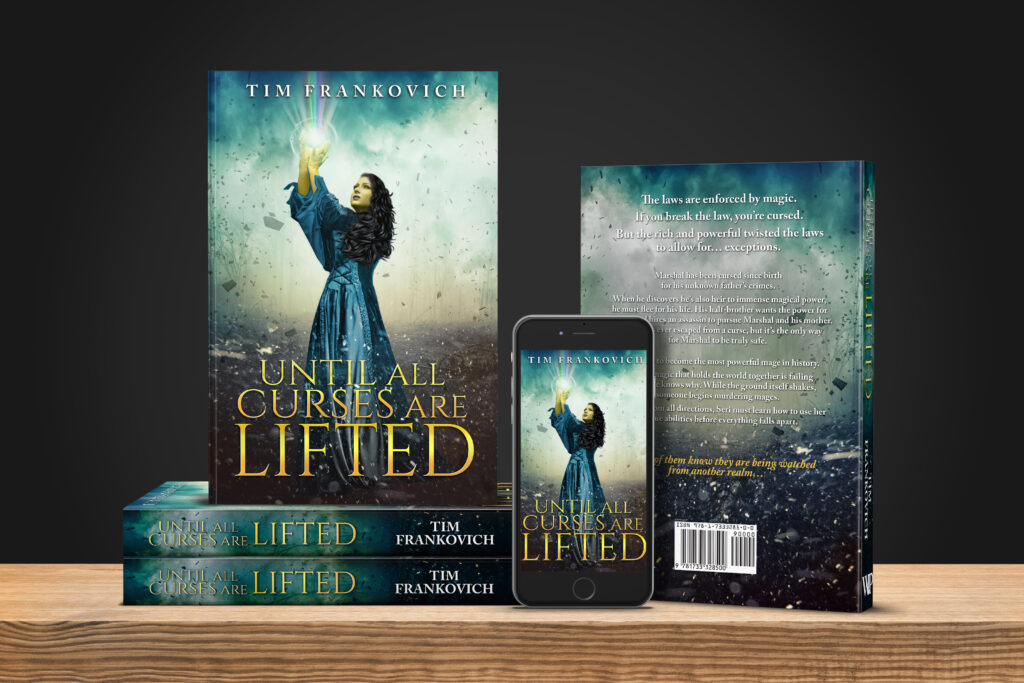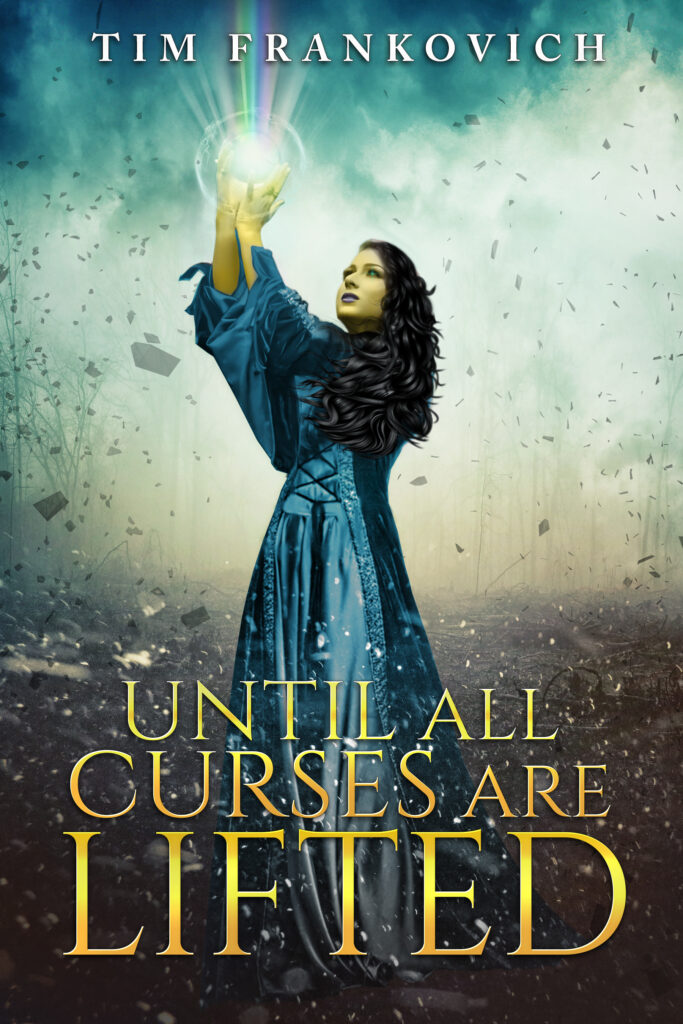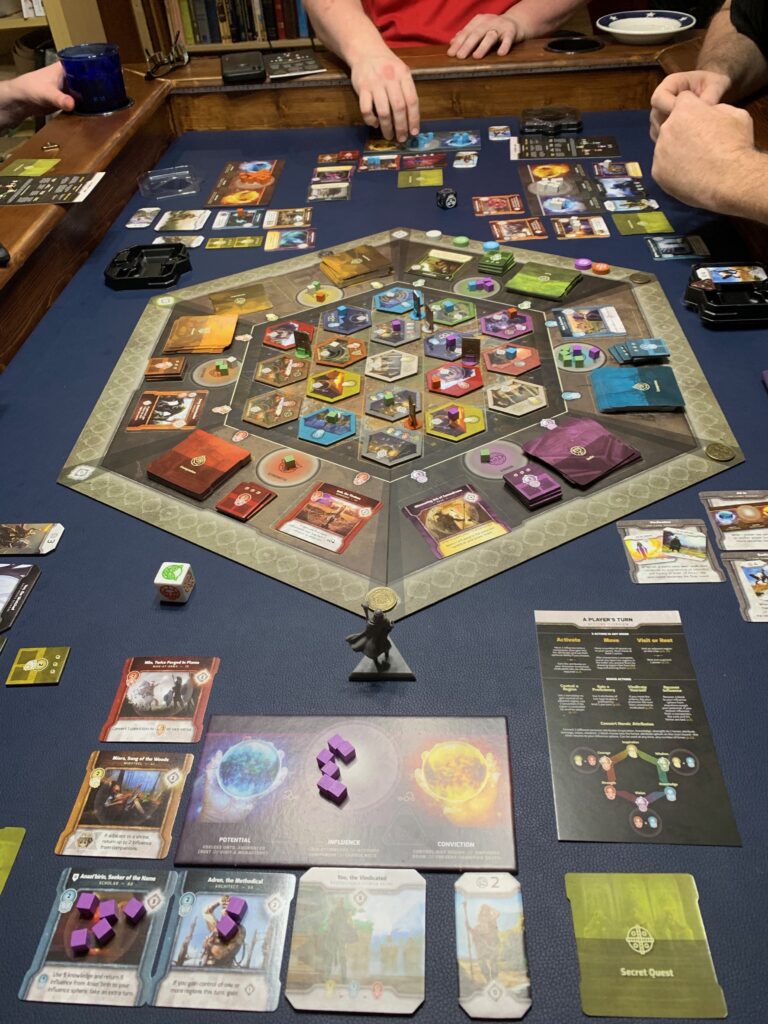
If you move these wooden cubes over here, they become more important. Then you can use these cubes to trade for different cubes that give you more points, or else a card that gives you points. Sounds like a basic Euro-style game, right? And if that’s your thing, you can play the game of Vindication that way. But it’s so much more, especially for fans of storytelling.
The story behind Vindication is a hero’s journey. You start the game as a wretched guilt-ridden scumbag. Seriously, that’s what your game piece calls you. Under the premise, you’ve been tossed overboard by shipmates who grew disgusted with you. You wash up on the shore of a mysterious island full of magic and strange creatures (no smoke monster, though). A helpful stranger finds you and sets you a journey of… vindication.
Actually, it’s not so much vindication as redemption, I suppose, but there’s a lengthy debate over the name choice, if you really want to get into that.
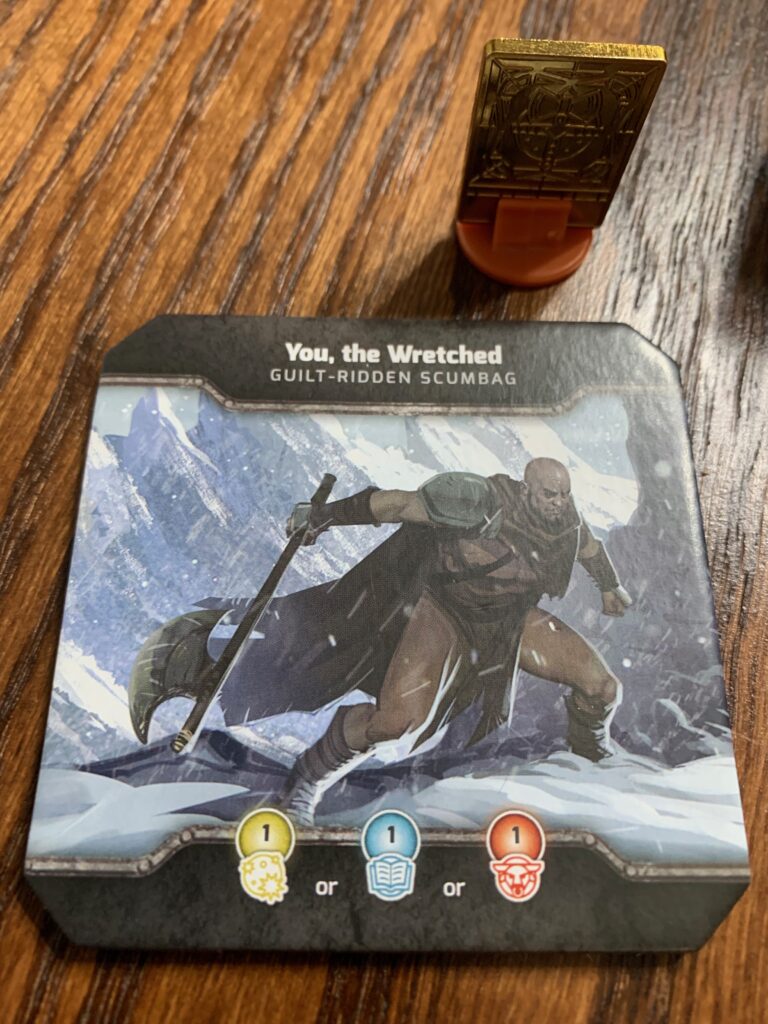
Anyway, in the course of the game, you can find ancient relics, fight monsters, recruit companions, and more, all in a quest to score the most points… er… become a real hero!
What makes this game shine is that it appeals to multiple game player styles. For those who greatly enjoy moving little wooden cubes around to trade for more little wooden cubes, etc., (i.e., a Eurogamer), this game is right up your alley. You can happily ignore all of the beautiful art and flavor text, and manipulate cubes to your heart’s content. But if, like me, you like stories and games that tell a story, you can immerse yourself in it all and explore a new tale every time you play. Perhaps you’ll recruit Beast Mistress Veroa to help you venture into the Gaping Maw and face Drogas, the Living Darkness. Maybe you’ll find the ancient relic Taker of Stars and use it to give yourself more time to search for more. Who knows?
While it’s not a pure storytelling game, Vindication opens up so many story possibilities for someone who likes to see them. As a writer, I see many hero’s journey tropes scattered throughout every one of this game’s plays. Even the companions you can recruit are divided up into mighty warriors, magic-wielders, and wise counselors (or just red, blue and yellow cards).
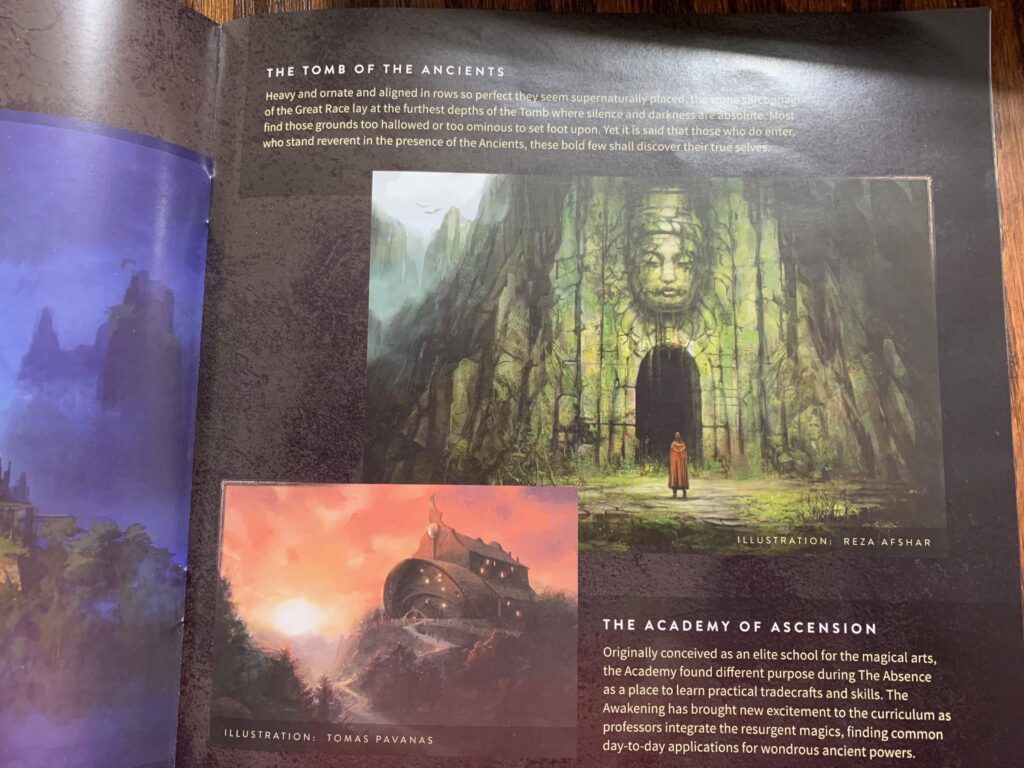
Vindication is not one of my favorite games. Yet. I’ve only played a handful of times. But it has potential to climb my rankings very fast, especially since there’s so much variety available with multiple expansions included with the base game. I haven’t even tried most of them yet!
Tabletop boardgames can be a great source of inspiration for writers, especially when they’re as rich as Vindication.
